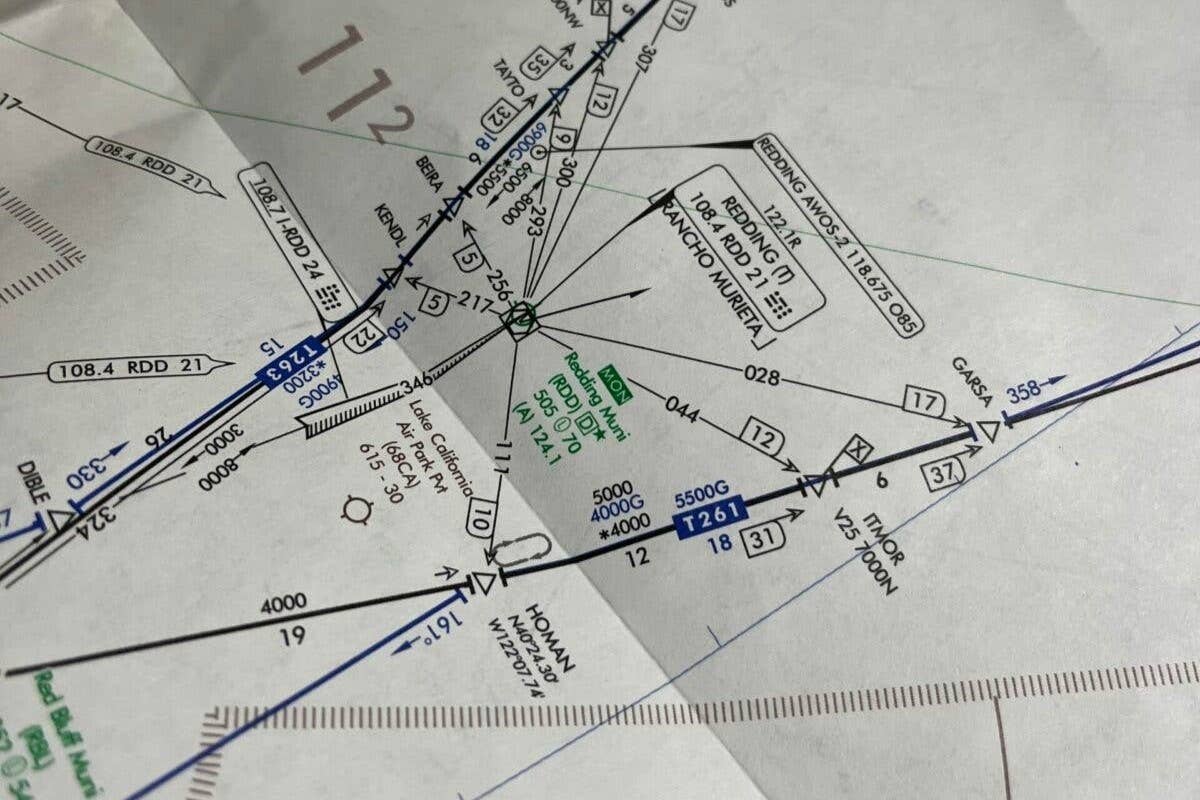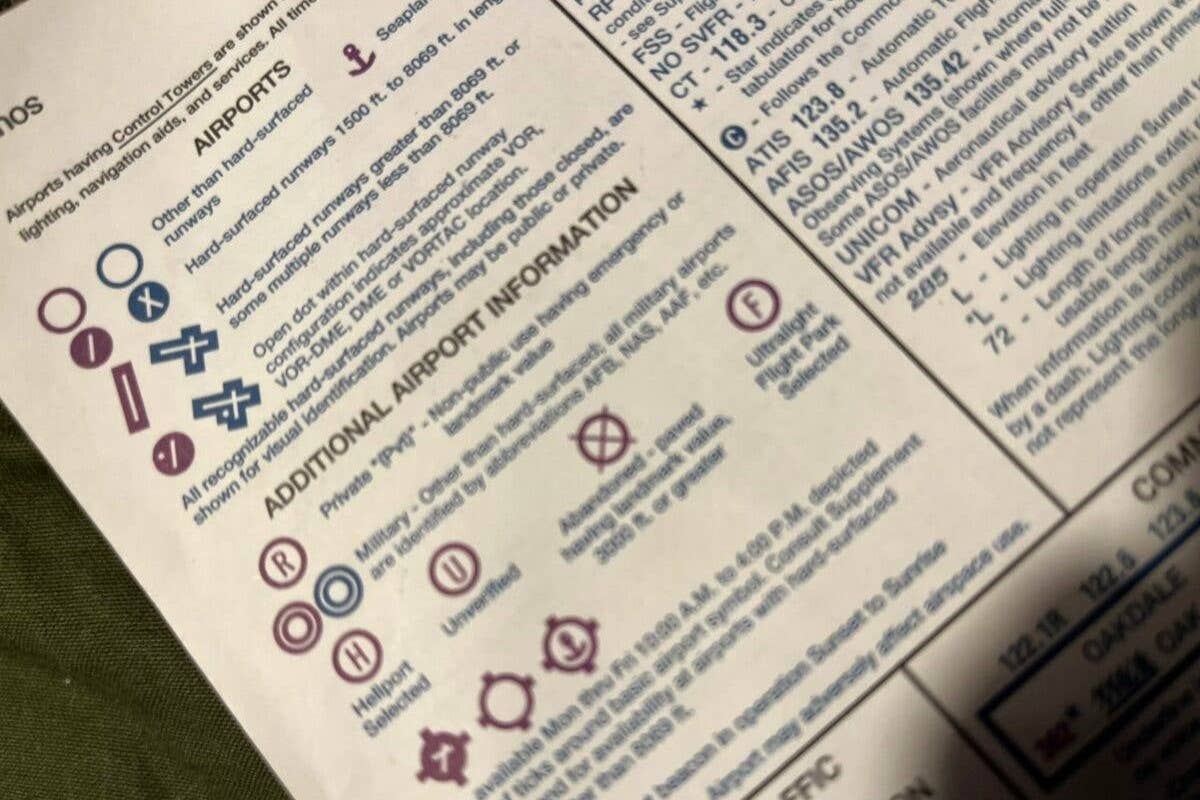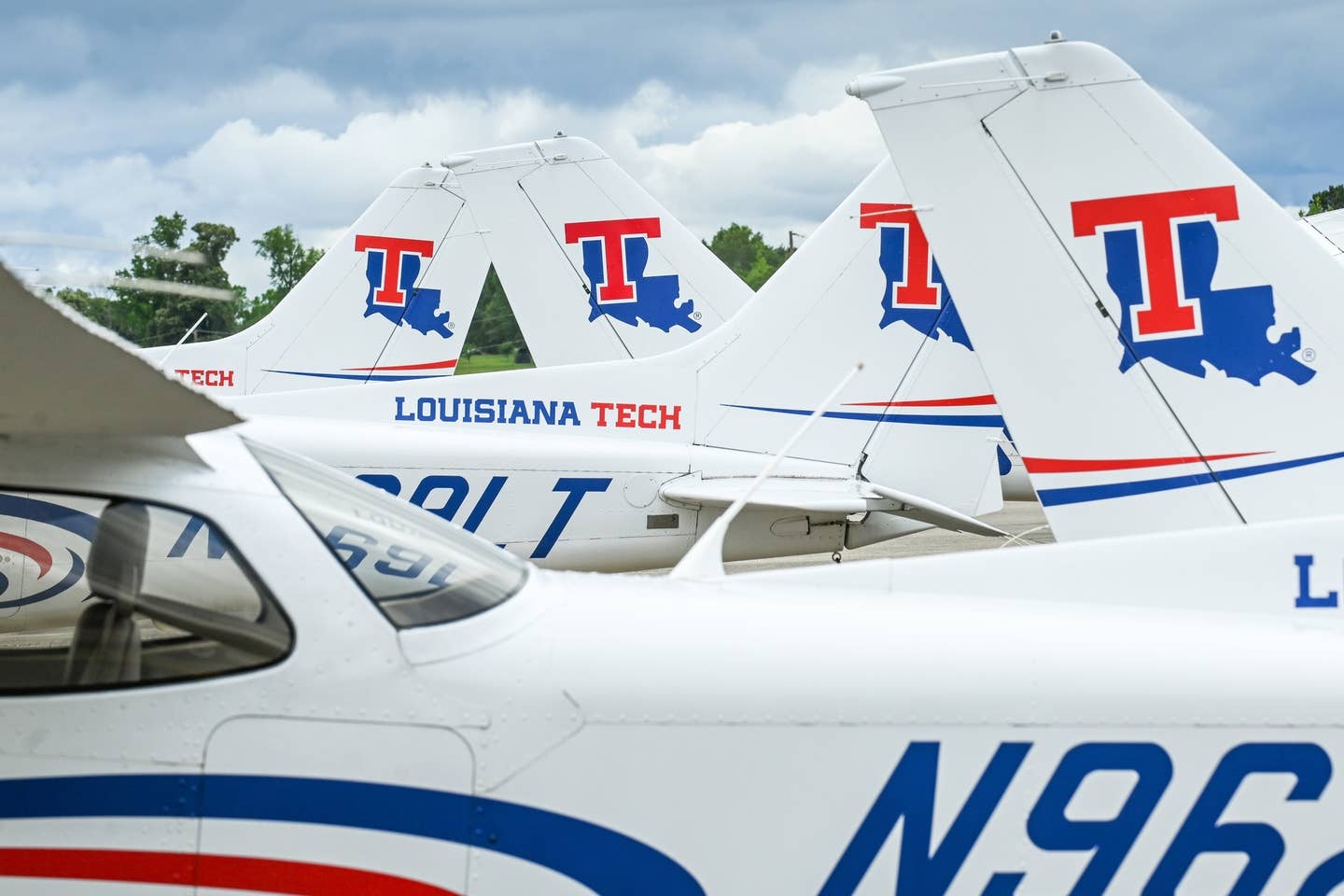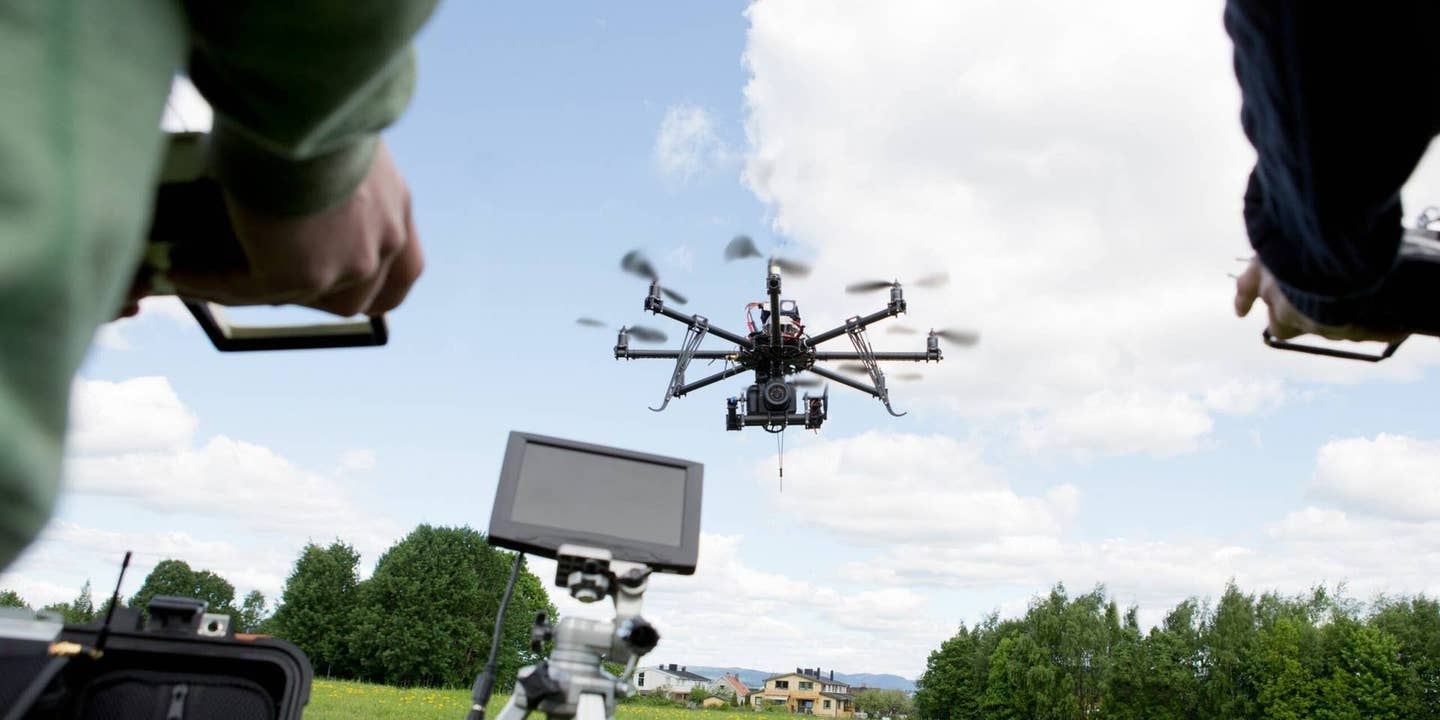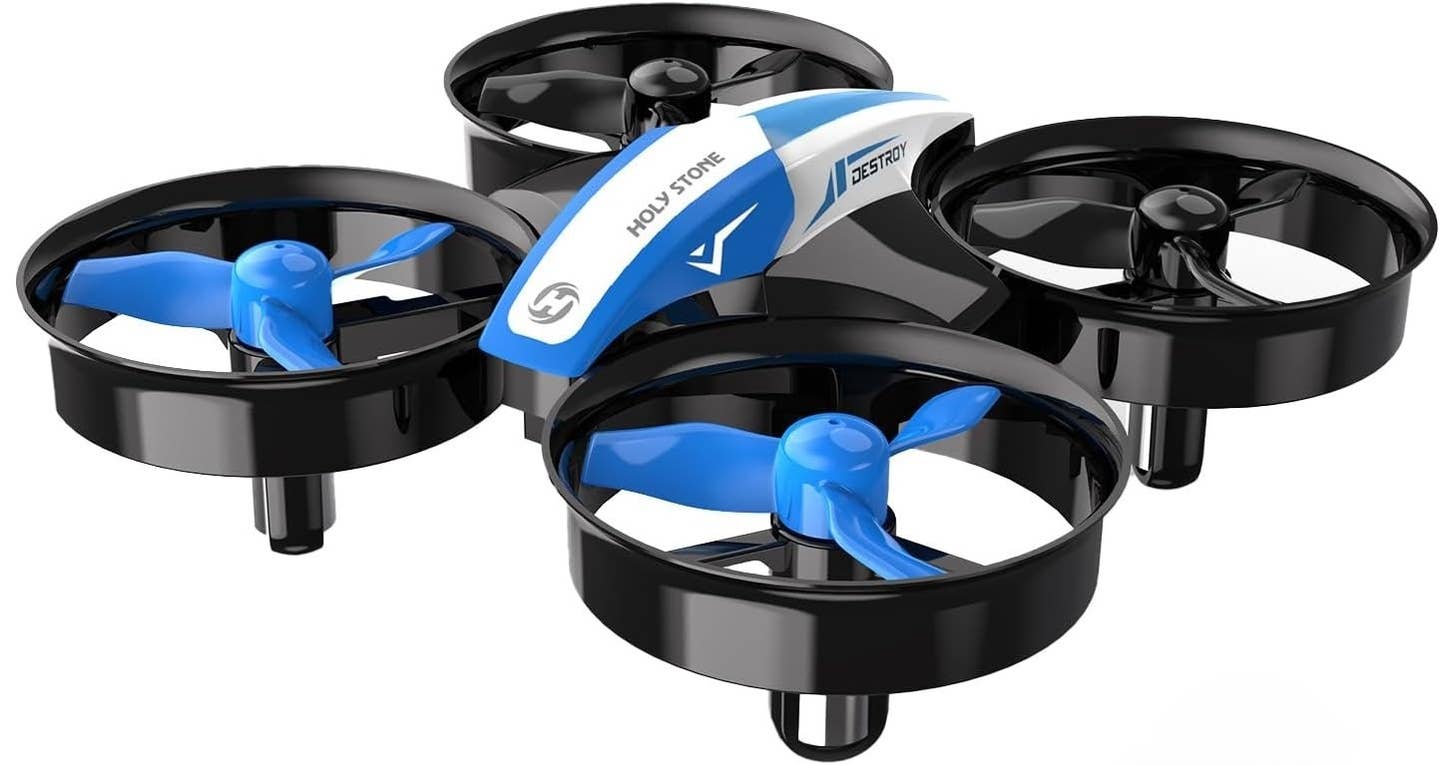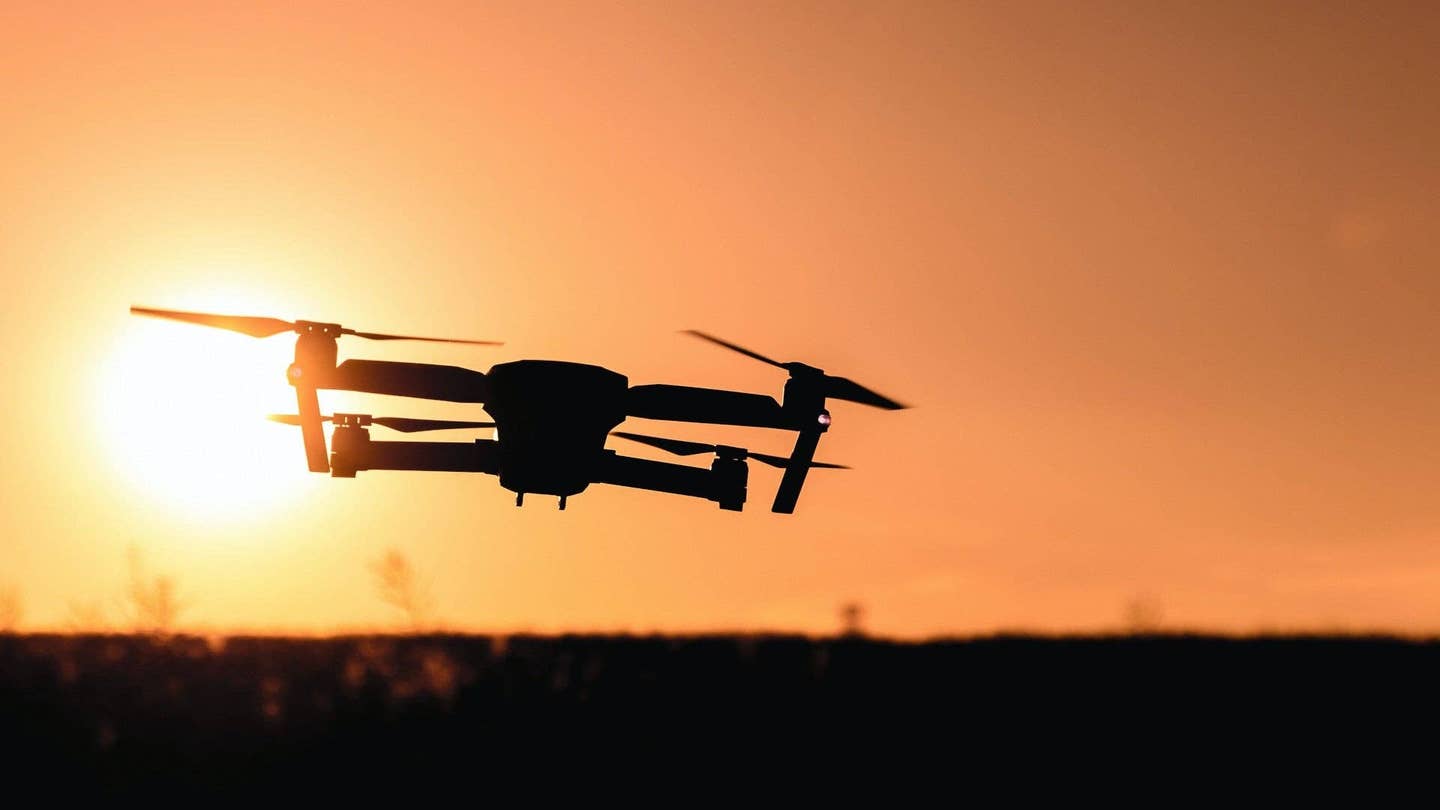What Is VOR in Aviation, and How Does It Work?
VOR stands for very high frequency omni-directional range and is a navigation aid for pilots. Let’s review how it works.

[Shutterstock]
What are the strange white cone structures located in fields and what do they have to do with aviation? Although they’ve been around since the 1930s and widely in use since the 1970s, Very High Frequency Omni-Directional Range (VOR) stations are rare enough to seem foreign to those who are unfamiliar with them.
VOR navigation consists of ground-based components, called stations, as well as receivers, which are installed on most aircraft. Long before GPS was available for aircraft navigation, VORs guided aviators around the world. Although this is an aging technology and many VORs are being decommissioned, VORs still play an important role in aviation. The VOR infrastructure is slowly being repurposed to serve as a backup navigation service during GPS outages.
Easily become an airplane or commercial pilot online! Courses designed by industry experts can help you pass FAA tests and get into the sky!
Enroll NowThis backup infrastructure is known as the VOR Minimum Operational Network (VOR MON). According to the FAA’s Aeronautical Information Manual (AIM), “the key concept of the VOR MON is to ensure that an aircraft will always be within 100 nm of an airport with an instrument approach that is not dependent on GPS.”
FAA knowledge tests and private pilot practical tests still include some discussions of VOR navigation. When going over the elements of a sectional chart, an examiner may point out a blue circle with radial marks and ask what it is. Private pilot and instrument rating candidates may be asked to explain the difference between a VOR, a VOR/DME, and a VORTAC.
This article will discuss what a VOR is and how VOR navigation works.
What Are VORs?
VOR is a type of navigation aid (navaid) that uses very high frequency radio signals emitted by radio beacons. VOR stations broadcast three letter identifiers in Morse code. Because VOR signals have a range of about 200 miles, it is possible for an aircraft to receive multiple VOR signals. Therefore, it is necessary that pilots identify the correct VOR before navigating to it. In some cases, a voice signal is broadcast with the station name along with recorded advisories.
There are about 3,000 VOR stations worldwide, however, the number of VORs in the U.S. is declining. In the last decade the FAA has identified underutilized and redundant VOR stations, which no longer provide adequate benefit to justify their costs.
In a 2024 update, the FAA stated it would discontinue approximately 303 VORs in the contiguous U.S. by 2030. When a VOR is decommissioned, it is replaced with a GPS-based intersection and GPS-based airways. Therefore, the effect of decommissioning VORs is minimal for most pilots.
What Is a VOR Approach in Aviation?
A VOR approach is an instrument approach that uses a VOR navaid to provide course guidance to pilots.The VOR operates in the frequency range of 108.0 to 117.95 MHz and has the power output necessary to provide coverage within its assigned operational service volumes. However, it is subject to line-of-sight restrictions and the range varies proportionally to the altitude of the receiving equipment.
The VOR sends out two signals, a stationary master signal (reference phase) and a rotating variable signal (variable phase). An aircraft’s VOR antenna picks up these signals and transfers them to the receiver in the flight deck. The VOR receiver compares the difference between the variable and reference phases to determine the aircraft’s bearing from the station. This bearing corresponds to the radial the aircraft is on.
Every VOR approach is non-precision, meaning there is no vertical guidance signal from the VOR. As a result, pilots must manage their descents and altitudes manually during a VOR approach under instrument flight rules (IFR).
The final approach course is charted based on a radial from or to a nearby VOR. After flying a procedure turn or receiving vectors to final, pilots descend along a series of fixes to minimum published altitudes on an approach chart.
The minimum descent altitude (MDA) is reached along the final segment of the approach. Pilots maintain this altitude until they can see the runway environment. If the runway is visible, they continue the descent to land; otherwise, they follow missed approach procedures.
VOR Components and Features
VOR components include the ground component and the aircraft component. The ground component transmits signals to the aircraft component.
Antenna and VHF
Aircraft equipment includes a VOR antenna, a VOR frequency selector such as the Bendix/King KNS 80 or the Garmin GNC 355, and a flight deck instrument to display the course information—either a Course Deviation Indicator (CDI) or Horizontal Situation Indicator (HSI).
Hand-held VOR transceivers may also be used. Some general aviation and all transport aircraft have multiple independent VOR systems. VOR navigation is also incorporated into many integrated flight decks along with GPS navigation equipment, offering pilots the flexibility of both systems.
Distance Measuring Equipment (DME)
It is common for distance measuring equipment (DME) to be co-located with a VOR station. DME equipment uses a UHF (L-band) transmitter/receiver (interrogator) in the aircraft and a UHF (L-band) receiver/transmitter (transponder) on the ground to measure distance from a station, giving pilots an indication of the aircraft's distance from the VOR station.
DME is a “slant distance”—a straight line from the station to the aircraft receiver. An aircraft 1 nm laterally from the station would receive the same DME indication as an aircraft 1 nm, or about 6,000 feet, directly above the station. A VOR station with a collocated DME is called a VOR/DME.
As VORs are becoming decommissioned, there are some instances of standalone DMEs popping up on sectional charts, such as the Goodsprings DME (GOG), which can be utilized by advanced navigational systems in airliners and some corporate aircraft.
VOR navigation technology uses a ground-based antenna at a station to send a directional signal that rotates clockwise 30 times a second, or 360 degrees in azimuth. A reference signal is also emitted timed to be in phase with the directional signal as the directional signal passes magnetic north.
The “phase difference” between the reference signal and the directional signal is the bearing from the station to the aircraft position. This bearing or line of position is called the VOR radial and can be used to fix the position of the aircraft towards the station.
Advantages of VOR Navigation
GPS is far more reliable than VOR navigation with global coverage and no ground station location or maintenance required. Going forward, the advantage of VORs will be realized as a backup system in the event of GPS outages or failures.
Disadvantages of VOR Navigation
VOR navigation is limited by range and terrain. It also requires a ground station with its associated power and maintenance requirements. As a short to medium range system, VOR navigation is more limited than space-based GPS navigation, which can be established solely on waypoints.
VOR signals may also suffer interference from thunderstorms and the lower accuracy requires instrument approaches based on VOR signals to have higher weather requirements and minimum descent altitudes.
VOR vs VORTAC
A common practical test question asks about the difference between a VOR and a VORTAC. A VORTAC is simply a VOR with a co-located tactical air navigation system (TACAN), which is a navigation system used by military aircraft.
Both VOR and VORTAC navaids can be used by general aviation pilots, though civilian pilots should be alert for Notices to Air Missions (NOTAMs) specific to the VOR side of the facility when combined with a TACAN, as the systems run independently despite sharing an identifier.
Stay Up to Date With the Latest in VOR and GPS Navigation
Navigational aids are necessary to provide pilots with guidance on the location and direction of flight. Understanding VORs and GPS is critical for pilots flying in busy airspaces, whether local or across the country.
As the airspace system and navigational aids change, pilots must stay up to date. FLYING Magazine provides resources for pilots in all stages of flight training and flying. To stay informed on all of the latest in aviation, subscribe to FLYING today.
What are the 3 types of VOR?
The three types of VORs are VOR, VORTAC (VOR with TACAN), and VOR/DME (VOR with DME).
Do pilots still use VOR?
Yes, VOR navigation is still in use and will continue to be part of the VOR Minimum Operational Network (MON) for the foreseeable future.
What is the difference between GPS and VOR?
VOR navigation relies on ground-based radio signals, while GPS navigation utilizes a constellation of satellites that transmit precise timing signals to allow receivers to calculate accurate positions. VOR coverage is limited by line-of-sight, while GPS provides global coverage. While VOR remains relevant for aviation, GPS has become the primary navigation method due to its coverage, accuracy, and reliability.

Sign-up for newsletters & special offers!
Get the latest FLYING stories & special offers delivered directly to your inbox


